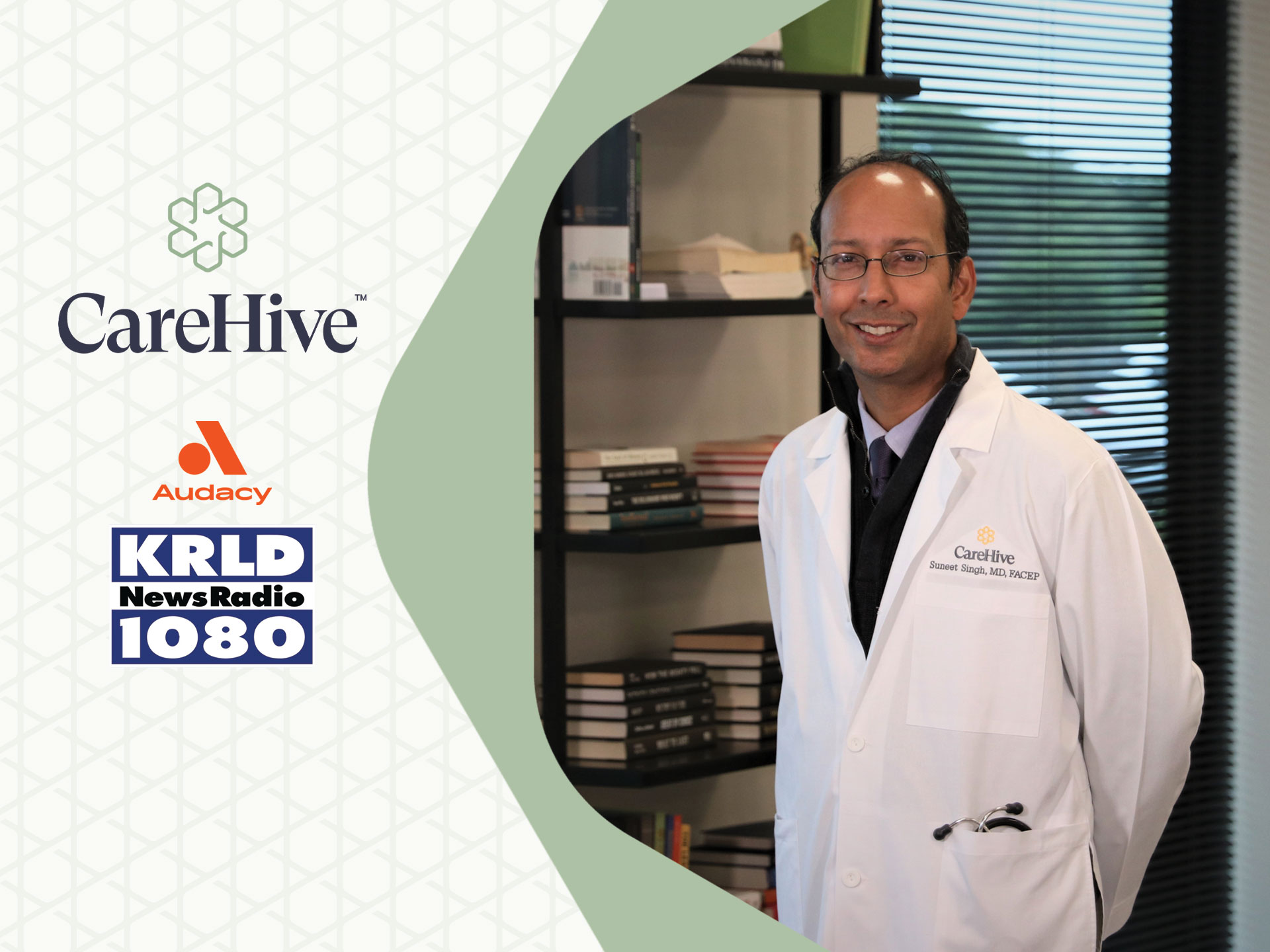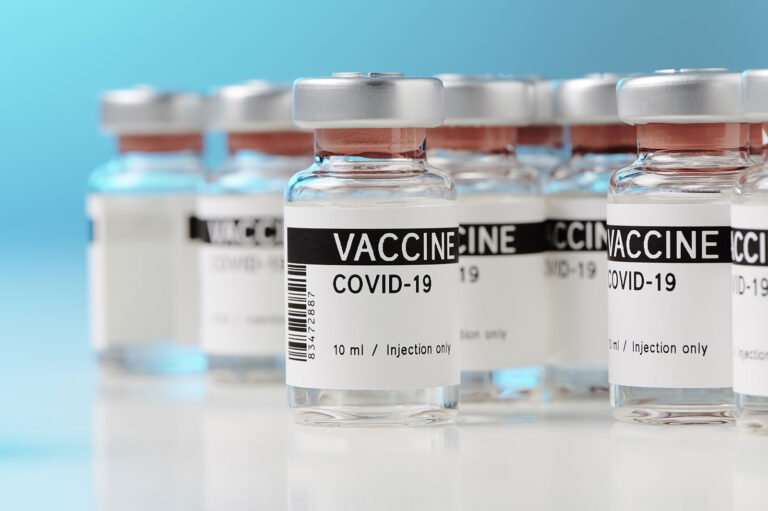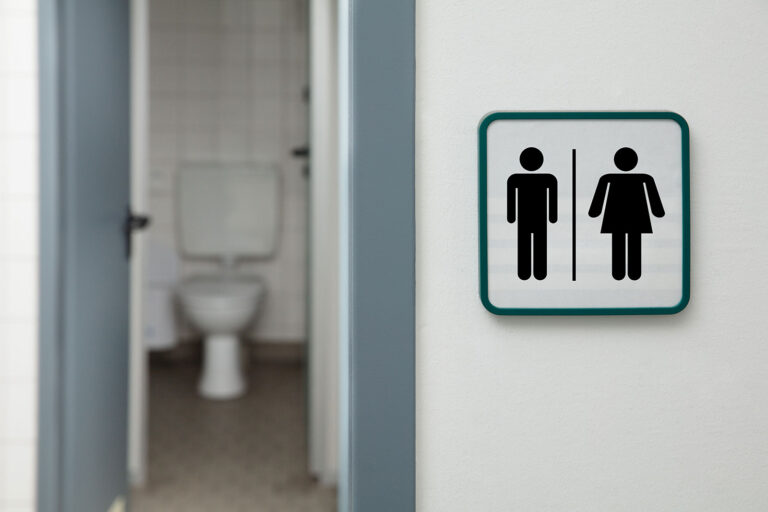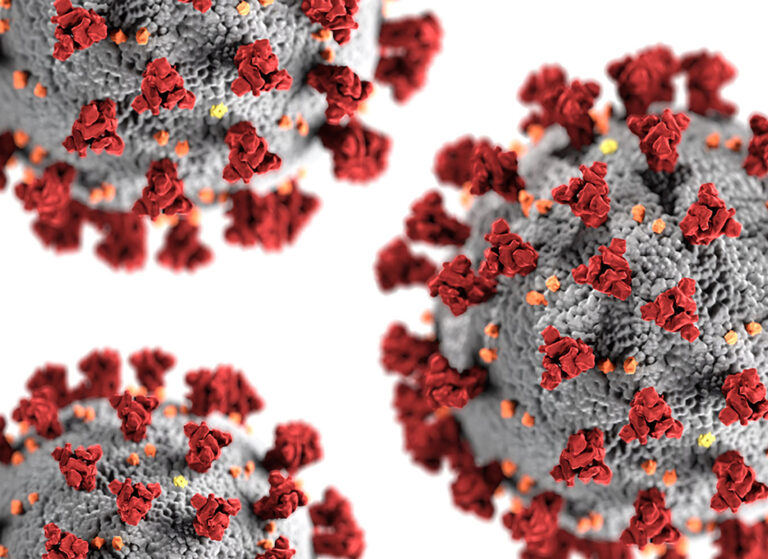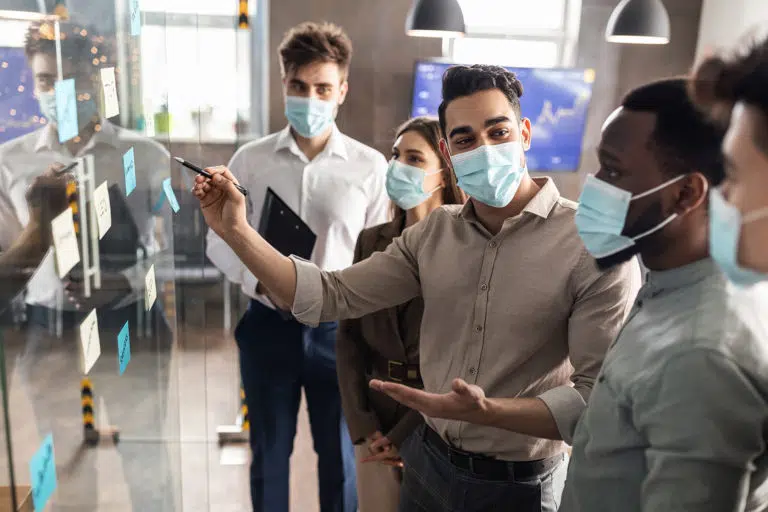Vaccine Booster Questions Answered: Interview with Dr. Suneet Singh
KRLD News | PODCAST with host John Liddle
Federal health officials announced this week that a third COVID-19 booster shot will be distributed widely by the end of September to the 155 million+ people in the U.S. who have been fully vaccinated with the two-shot regimen. It’s another step in fighting the virus. And with each step comes more questions. KRLD’s John Liddle posed some of your biggest questions to Austin-based Dr. Suneet Singh, an ER physician and the Medical Director at CareHive.
John Liddle:
COVID-19 booster shots will be widely available by the end of September, for more than 155,000 Americans who have been fully vaccinated with the two-shot regimen. That would be either Moderna or Pfizer. Well, to answer questions on this, we’re joined by Austin based, Dr. Suneet Singh. He’s medical director at CareHive Digital Health and an ER physician. I’d like to start with this Dr. Singh. In calling for the third shot, the Biden administration is taking some heat. What’s your thought on Americans getting third doses before other countries get their first?
Suneet Singh:
Thank you John. The World Health Organization did come out and say that their preference is for people to receive the first and second doses before people move on to the third dose. With that said, the vaccine has been delivered to different countries and from there, different regions and areas, for distribution. The Biden administration said that we have over 100,000 of the vaccine stockpiled, and that people moving on to the third dose does not prevent people from getting the first and second dose. They say that there are plenty available. We are still seeing that in our community. We’re seeing that people still have access to it. From a morality standpoint, if we have access, I would much rather people continue to get the vaccine, even if it’s their third dose, because the last thing we want is to have a large number stockpiled and then expire. I think at the end of the day, that would be a bigger tragedy than to just hold on, trying to give people just their first dose.
John:
Understood. Now let’s get rid of some mixed messaging here, because obviously, the first thought was, “All right. Immunocompromised, we need to get them the third dose,” but it sounds like the third dose is recommended for pretty much everybody.
Suneet Singh:
Yeah. What we’re seeing is that there definitely has been what we call waxing immunity. That is where the initial doses are starting to lose effect. That’s not to say that they’re not efficacious at all, but they are losing effect. And just like when we first started administering the vaccine, it does make sense to give it to your highest risk population first. As you say, people who are immunosuppressed. We started with saying that if you’ve had a solid organ transplant, then you should be first at the list. From there, there are other high risk categories, such as people over 65, people with kidney disease, people with diabetes, high blood pressure. The list goes on, but with that said, that’s not to say that everybody else doesn’t have this waxed immunity. If we have the ability to provide the third dose, the booster dose, to the general population, well then, that’s why at the end of the day, it is important that everybody receive that third dose, if they have the opportunity to.
John:
The science is saying eight months is the sweet spot. Is there harm, if you have the availability, to get it earlier than that? Just say, you’re in a physician’s office, and it’s offered to you. What’s your thought on that?
Suneet Singh:
My first thought would be, I would hope it’s not offered before the eight month mark. The reason why is because that is what the research is built around. I do think that the medical community tries to be a good, responsible data-driven profession. Even if you have the opportunity to receive it before the eight month mark, that’s not where it was studied. It would be like taking an antibiotic, and maybe you have a 10-day supply, but maybe you want to crunch it down into eight days. That’s really not how it’s meant to be taken. Right? Same thing with the vaccine. We haven’t really studied it before that eight month mark. As a result, I would say, even if you are, for whatever reason, given the opportunity beforehand, I personally would hold off, because the research, the data, and the science says it’s that eight month mark is when we should start considering it.
John:
What about mixing and matching different types of vaccines?
Suneet Singh:
The first thing to make sure everyone knows is that it is the Moderna and the Pfizer vaccines that are recommended for the booster shot at the eight-month mark. Now, we’re expecting that there’s going to be a recommendation for Johnson and Johnson as well, but if we recall, Johnson and Johnson was administered in the US after Moderna and Pfizer. We’re not coming across anybody at the eight-month mark yet, so we’ll see. To answer your question, the research, once again, has only been within the same manufacturer’s vaccine. It is heavily advisable to stay within your brand. If you received Moderna, please try to get the Moderna vaccine again. If you’ve received Pfizer, try to get Pfizer again. Now, if your hands are tied behind your back, and there is just no opportunity to receive the same manufacturer’s vaccine line, then yes, you can receive the other manufacturer’s vaccine, but just know in the back of your head, that’s not how the science was structured. Not to say that it’s unsafe, but it’s just unstudied.
John:
There’s no doubt that there has been some polarization around the vaccine. What would you expect when this does become available to the masses, here? Are we going to see those long vaccine lines, like we did at the start of them being available to the public?
Suneet Singh:
At the start, it was a limited resource. As a limited resource, you can understand that we wanted to make sure that we have vaccinated the highest risk population first. You wanted to make sure that you were in those communities and you had the distribution line to reach those communities. I think now, knowing that the vaccine is available at pharmacies and at Primary Care offices, some specialist offices, hospitals, clinics, I don’t expect to see the lines like we did before, just because I believe that our distribution channels are much more robust than they were at the outset of the administration.
John:
Outstanding. Anything else that you want to add about this, that’s top of mind for you as a physician?
Suneet Singh:
I do want to say, and I don’t want to be polarizing about it at all, I want people to make the best decision for themselves and for their families. I will say that the vaccine has been very well studied across ethnicities, across high-risk disease patterns, across the healthy, and across different ages. We are seeing that this vaccine, regardless of manufacturer, has been highly effective. I do support that people make the best decision for them, and it is okay to proceed with that third booster, because we really are seeing that the number of people getting affected with COVID have gone down tremendously since the vaccine first became available to the population.
